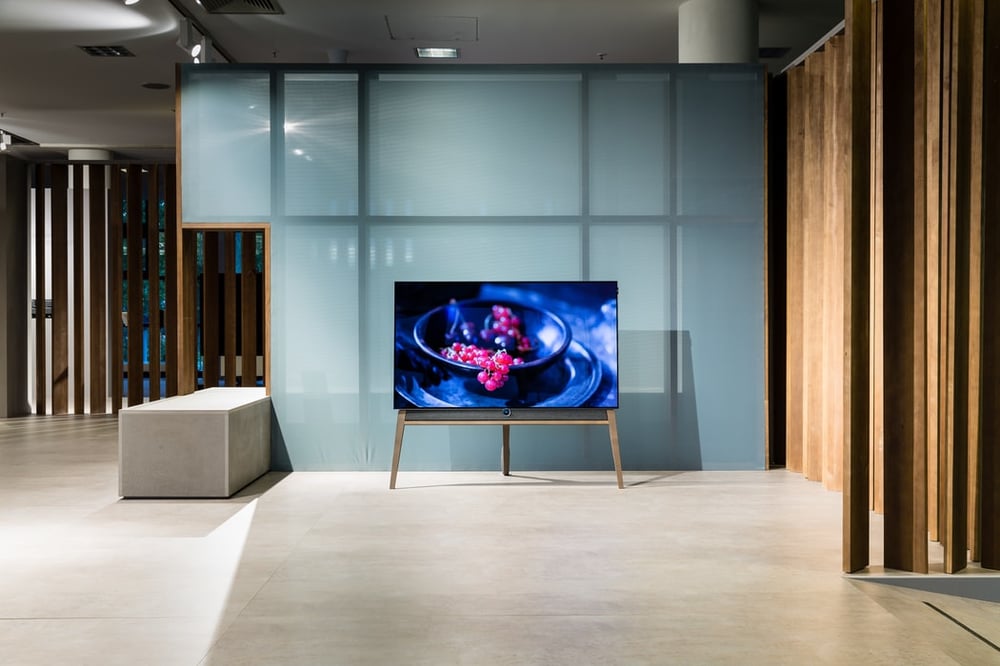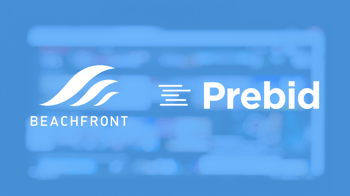Premium CTV Content Deserves More than “Header” Bidding
Published by Ben Abbatiello on

Last week, we introduced our new Pod Bidding solution for CTV to help premium video publishers better manage, auction and optimize their ad pods amid a backdrop of surging OTT and streaming consumption. If you saw the news, you may be asking yourself, “Why ‘Pod Bidding?’ Isn't that the same thing as Header Bidding, but just for CTV?”
It’s a fair question, and one that we’d like to answer in detail. Let’s start at the beginning, back when header bidding first came onto the scene…
Introduced several years ago, header bidding was developed as an alternative to the traditional yet less-efficient “waterfall” methods (or “daisy-chaining”) that for so long had been used in programmatic. As web users visited ad-supported sites, ad opportunities surfaced to disparate demand partners in a cascading fashion (hence, the term “waterfall”), starting with direct ad serving deals moving down to RTB exchanges.
These types of auctions — wherein an ad opportunity moves from one partner to the next, and so on — led to issues like latency, lack of fill and even CPM degradation.
Enter header bidding.
Named after the source code that’s embedded on the header of a webpage, header bidding techniques effectively flattened these disparate ad calls to unify all of the fragmented auctions. So, instead of trying to sell inventory in a sequential fashion, all auctions were conducted at once, helping to reduce latency, increase fill and drive up CPMs. And while header bidding certainly had its shortcomings, it was seen as a significant improvement for publishers and advertisers alike when compared to the tech that was being used at the time.
Now onto Pod Bidding, our new, next-generation solution announced last week that’s designed to meet the specific needs of premium Connected TV inventory — one of the hottest and most exciting mediums in advertising today.
At a high-level, Pod Bidding and header bidding are similar in that they both unify all auctions to increase efficiency. However, there are some stark, fundamental differences between the two:
- First, is the fact that there isn’t an actual header within a CTV environment. As mentioned, the term “header” bidding stems from source code that lives on desktop and mobile web pages — which don’t exist in CTV. So, the phrase “Header Bidding for CTV '' is, in itself, a misnomer.
- Second, most header bidding solutions were built specifically for desktop and mobile environments, using web-based 1.0 ad tech infrastructure. These solutions are designed to auction a single impression at a time, especially in environments where single static display and pre-roll video creatives (on a 1:1, ad-to-content ratio) are abundant. This simply doesn’t work in CTV, where publishers are seeking to effectively monetize the full ad pods that live within their content and programming across distribution points. Hence the name, Pod Bidding.
- Last, and perhaps most important, is the fact that the header bidding solutions of yesterday — which, again, were built specifically for desktop and to some degree mobile — can’t simply be retrofitted to support the complex needs of modern CTV publishers. CTV lives at the convergence of digital video and traditional TV, so it requires linear-like controls with the efficiencies and automation offered via digital. With multiple slots to fill in a single pod and different pricing for each, CTV publishers need sophisticated (yet easy-to-use) decisioning solutions to fully support all delivery executions while maintaining things like ad deduplication and competitive separation — and, importantly, viewer experience.
As we move forward in 2020, we look forward to working closely with CTV publishers to continue building the Pod Bidding solution the industry deserves. If you’re interested in learning more about our Pod Bidding solution, please schedule a demo or contact us here:




